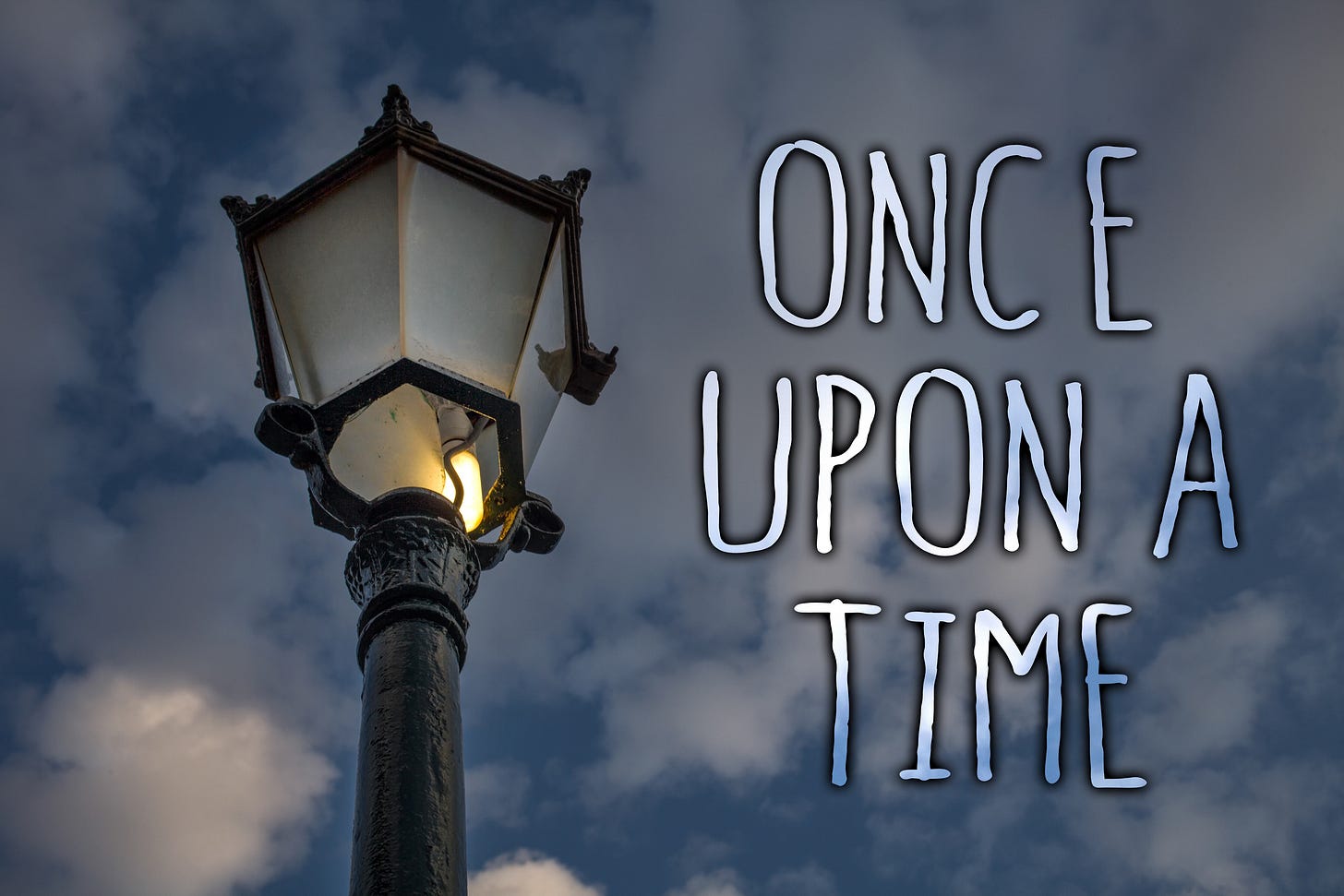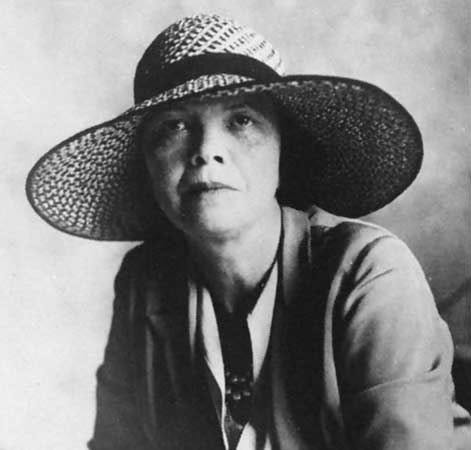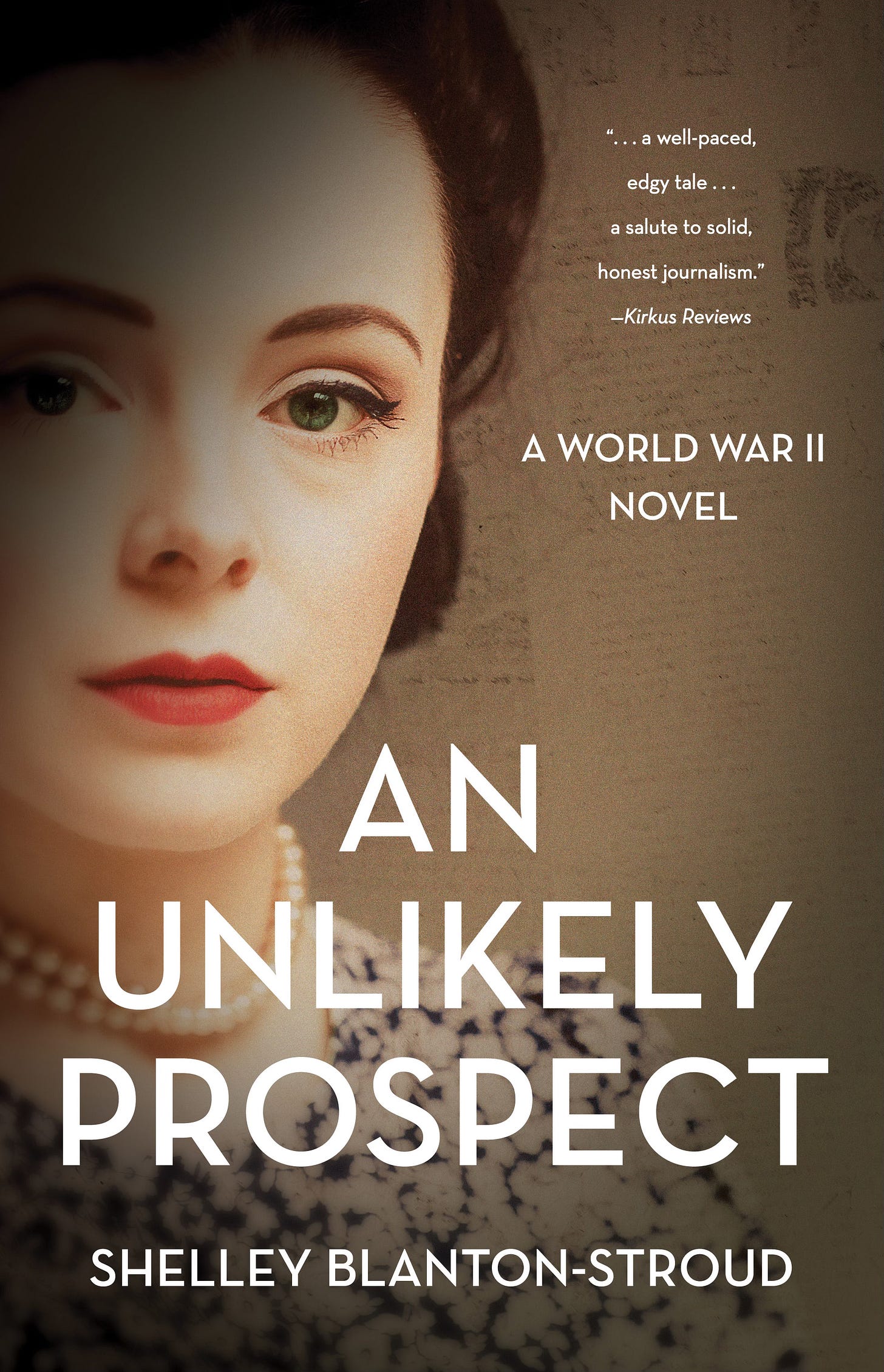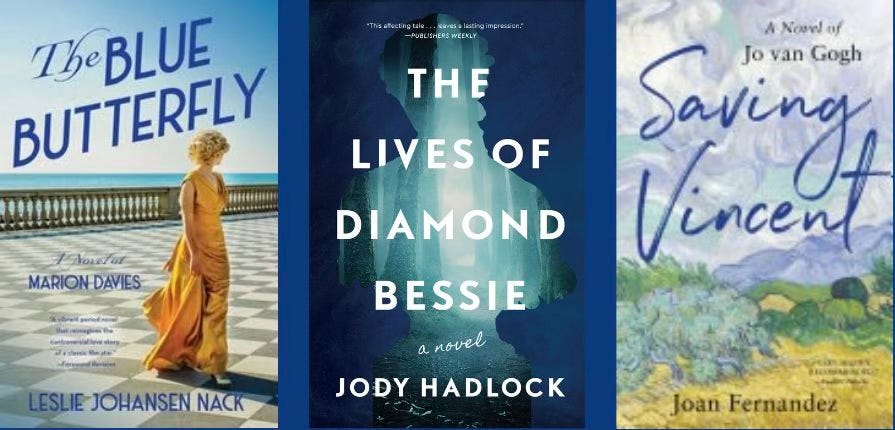Last week I spoke with my audiobook narrator, April Doty, who asked to hear audio clips of An Unlikely Prospect’s character, Renee Taylor, before she tried to voice her.
The only problem? There was no real Renee Taylor. We have no record of the names or stories of any of the rape victims seen at San Francisco’s Central Hospital following the infamous “peace riots” the novel examines. I invented Renee to represent the unnamed women.
Coincidentally, I head this week for the Historical Novel Society of North America conference, where I’ll speak on a panel about “presentism”, which means keeping a modern reader in mind while writing about historical people and events. As we prepared, my co-panelists and I realized that I’m sitting on a different spot on the historical fiction continuum than they are.
My three fellow panelists (more details below) write biographical historical novels. They choose real historical figures as protagonists, use their actual names, and stick closely in their fiction to documented biographical information. They then flesh out the emotional landscape that history often leaves blank. It's careful work that brings historical figures to life while staying within the bounds of what we know actually happened.
I do something different, and until our panel prep conversations, I hadn't quite articulated that difference.
I write historical fiction inspired by real events and people, but I give myself permission to change names, alter circumstances, and invent scenes when those changes serve what I think of as my deeper goal—the authenticity of human beings as they strain toward flawed heroism. Sometimes I stick precisely to the historical record, using real names, all the same details. But, other times, I take the essence of a historical figure and reshape their details to serve my story.
Take my latest novel, An Unlikely Prospect, coming out August 19th. My protagonist Sandy Zimmer was inspired by a photograph that haunted me: Washington Post publisher Katharine Graham sitting in a boardroom full of men, the only woman at an enormous table, wearing a bright blue suit that seemed to announce her refusal to disappear into the gray-brown landscape of male power.
But Sandy isn't Katharine Graham. Sandy's story unfolds in 1945 San Francisco, not 1970s Washington. She's navigating the aftermath of the real-life peace riots that erupted when Japan surrendered in World War II—three nights of violence that left thirteen dead, at least six women raped, and over a thousand injured, all while police and Navy Shore Patrol largely stood by. Sandy faces the choice between exposing this cover-up and protecting her newspaper's precarious financial position.
In real life, there was no Sandy. I wish there had been.
Graham's courage in publishing the Pentagon Papers helped me understand what Sandy might feel in such a moment. Graham's memoir taught me about the daily bravery required of women who dared to lead. But Sandy's specific challenges, her relationships, her moral dilemmas—those I invented to serve the story I wanted to tell about a woman and power, truth, and courage.
This creates craft challenges. How do you give historical characters agency while honoring their time period and connecting to today's readers?
For me the key is balancing competing drives: writing truthfully about universal human behaviors while being accurate about what was genuinely different in the past. And underneath both, creating a story entertaining enough that readers will actually follow it to the end.
Cissy Patterson (above) appears in the novel under her real name because her documented behavior—aggressive business tactics, controversial editorial decisions—fit perfectly with my story. But Renee, who gives voice to the unnamed women attacked during those August nights, is fictional. She represents something absolutely real—the silencing of victims—but I invented her story to serve the larger truth.
I do bend to today's readers, mostly because I'm bending to my own interests as a writer. I'm drawn to difficult, ambitious women whose goals seem wrong to the people around them. If it seems unlikely a woman would have developed much agency in a particular moment, I create circumstances that challenge her enough to develop the agency we both want.
This isn't about being careless with history. The August 14, 1945 riots really happened. The deaths, rapes, injuries, property damage—all real. The cover-up, the vanished grand jury report, the lack of accountability—documented fact. History provides the scaffolding for everything in the novel. And almost all the novel’s riot details are taken from Gary Kamiya’s newspaper articles looking back on the events.
But within that scaffolding, I claim a novelist's right to ask: What if? What would it have felt like to fight the authorities in such a moment? What could someone like Sandy have done?
Maybe that's what distinguishes my approach from my fellow panelists'. They show us what historical figures actually did and felt, making us see it more vividly. I'm interested in what someone could have done and felt, given their historical constraints and possibilities.
Both approaches honor the past while serving the present. But understanding the difference has helped me figure out more clearly that, for me, historical fiction isn't about recreating the past. It's about using the past to explore timeless questions about courage, power, and truth.
The facts give weight to the fiction. But the fiction gives meaning to the facts.
You’ll want to read these.
I absolutely love these three biographical historical novels (and the people who wrote them). Put them on your TBR pile now!
Diamond Bessie by Jody Hadlock
Pregnant out of wedlock, sixteen-year-old Annie Moore is sent to a convent where nuns take her baby. After escaping, she becomes a high-end prostitute known as "Bessie" and eventually marries the son of a wealthy jeweler, believing her dream of returning to proper society has come true. She's proven wrong when she suffers the ultimate betrayal at the hands of the man she thought would be her salvation. Inspired by a true story and set amid the burgeoning women's rights movement, The Lives of Diamond Bessie is a haunting tale of betrayal and redemption that explores whether seeking revenge is worth the price you might pay. AmazonBarnes & Noble
The Blue Butterfly by Leslie Johansen Nack
The long affair between William Randolph Hearst and Marion Davies was news fodder for much of the 20th century. In Nack's novel, Marion tells her side of the controversial love story. Marion came from a middle-class Brooklyn family but exceeded all expectations when she partnered with the already-married publishing baron. While Marion sometimes cheated on WR, in a deeper sense, she was faithful to him to the end. The Blue Butterfly takes readers from the New York stage to the glittering life of Hollywood, where the movie machine was capable of crushing a person, even when it looked like she had it made.
Saving Vincent by Joan Fernandez
In 1891, when art dealer Theo van Gogh dies unexpectedly, his widow Jo inherits hundreds of unsold paintings by his brother Vincent—works considered worthless at the time. Pressured to move back with her parents, Jo instead defies tradition, opening a boarding house to raise her infant son alone while promoting Vincent's art herself. Facing powerful opposition from Parisian art dealers determined to stop her, Jo battles the male-dominated art world in her fifteen-year crusade to save Vincent van Gogh from obscurity and secure his artistic legacy.
Until next time!









Thank you for sharing your recommended bio historical novels. It's a new genre for me to explore reading and these look good!
You've got me thinking. I'd say my life in real life, my factual-actual life, is more inspired by fiction, energized (or haunted, perhaps) by what-ifs. What could I have done as I'm not doing it...? My tongue is firmly in my cheek here, but I too find I'm inviting characters to join a story to help fill in what we might be living, but can't quite see... 💚